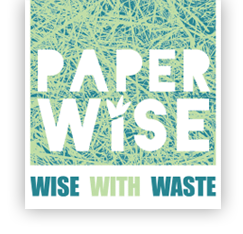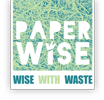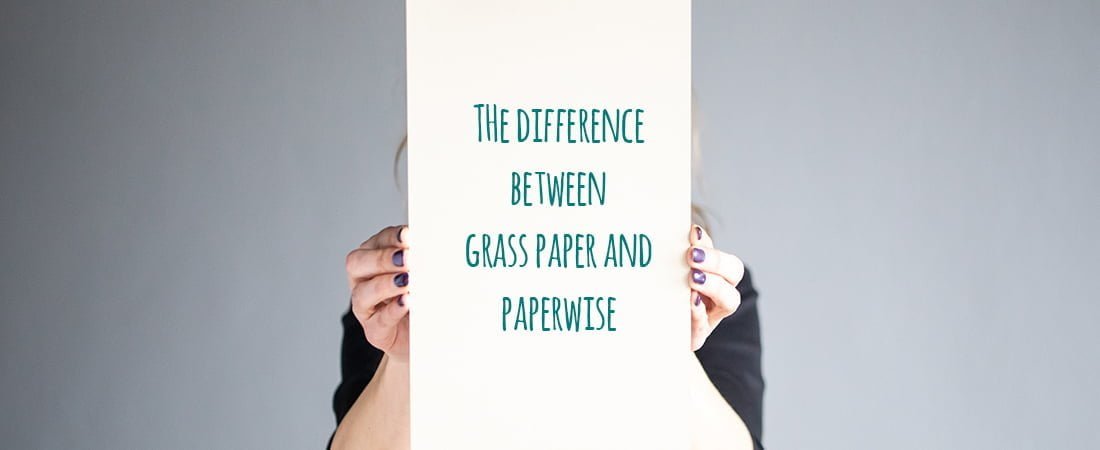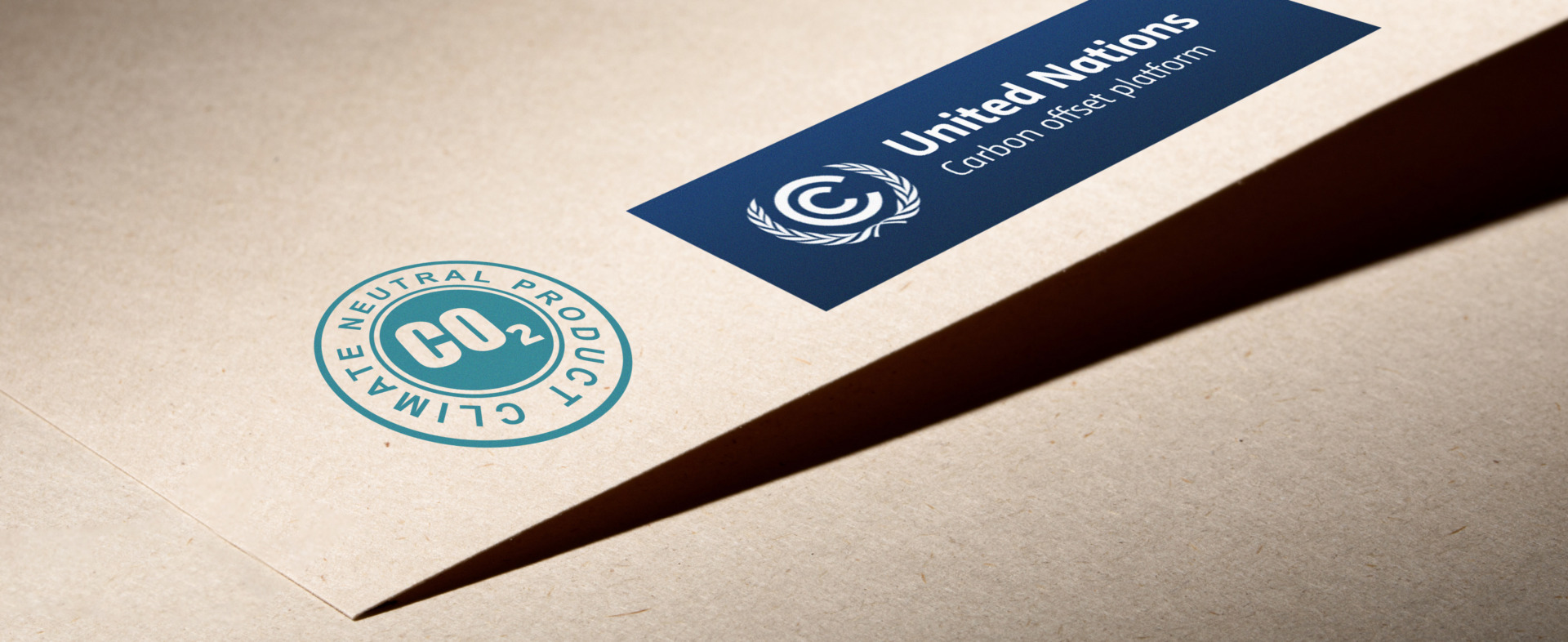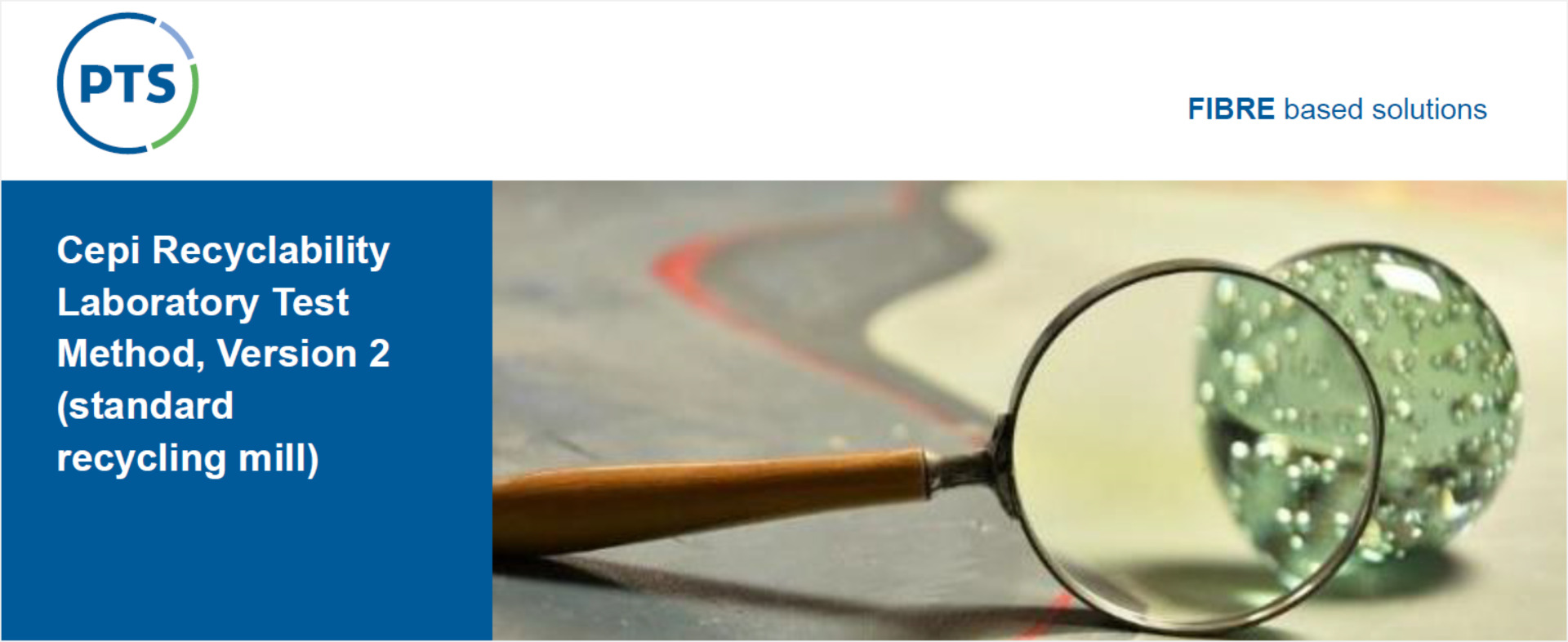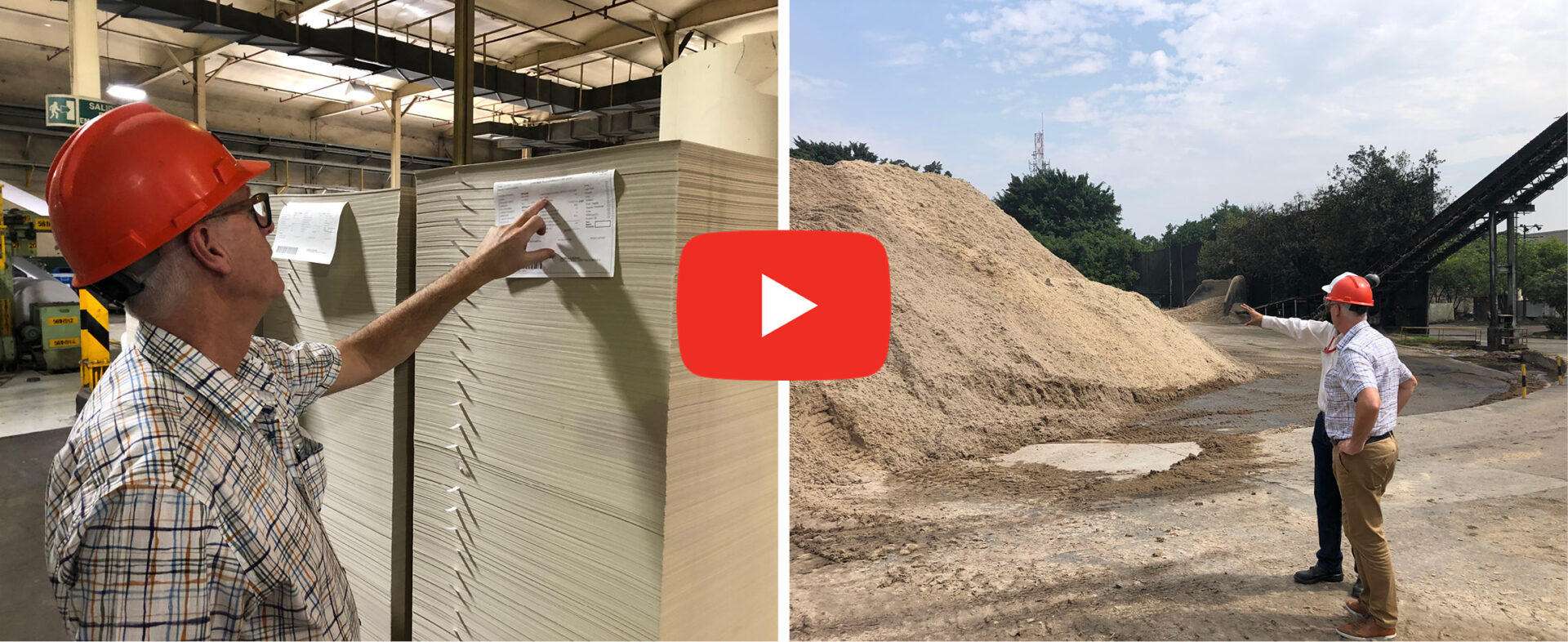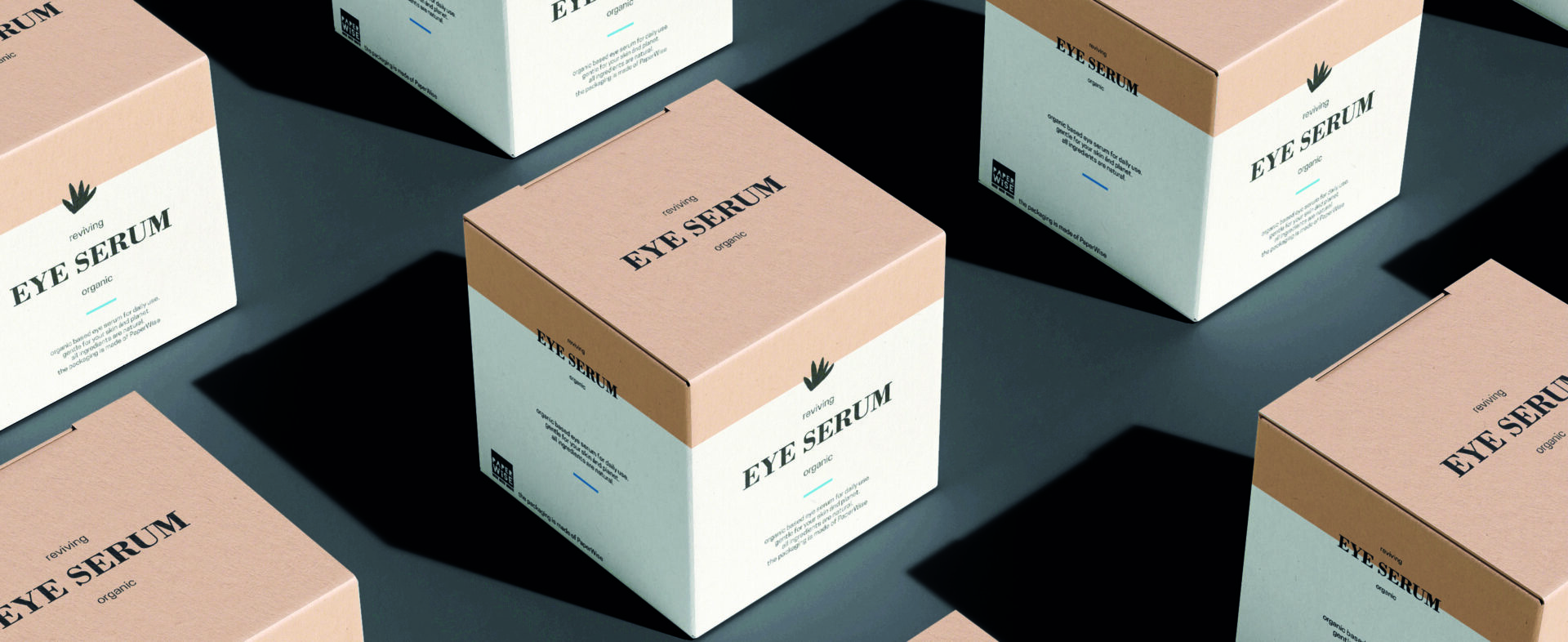Grass paper and grass board have been available for a while, but many people wonder what these materials are. Furthermore, some people do not know the difference between grass paper and the environmentally friendly and sustainable alternative: PaperWise. We will look at the differences in raw materials used to make both alternatives of paper and board and then explain what the difference is. Two important raw materials in paper and board are cellulose and fillers. Traditional paper contains cellulose from trees to make the paper strong and sturdy and fillers such as chalk (calcium carbonate) to make the paper even and smooth, making it a better surface to print and write on. PaperWise is made from cellulose and fillers, however the cellulose we use is sourced from agricultural waste. What function does the grass serve in paper and board?
Grass paper and grass board are paper and board with grass fibres added to the cellulose and fillers. Grass is most well known as a source of food for grazing animals and can be dried and made into hay to feed livestock in stables such as cows, sheep, goats, horses, etc. We also see grass on the roadside and on riverbanks. To avoid the composting, fermenting, or burning of grass, the industrial sector started experimenting with adding grass to paper and board. Grass that is used in grass paper and board is mowed, cleaned, dried, and cut. The advantage of these simple treatments is their low environmental impact. Unfortunately, grass is neither a source of cellulose or filler, meaning that grass does not contribute to the sturdiness or smooth surface of paper and board. You may then wonder why the paper industry makes grass paper and board.
Grass paper and board were created in pursuit of sustainability. Raw materials, waste products, and closing material cycles are becoming increasingly important. Wouldn’t it be good to add excess grass to paper and board to create additional value? This is what led to the idea of grass paper and board. The amount of grass in grass paper and board is between 5% and 10% on average in print paper for books, magazines, and stationery. This amount is between 10% and 30% in folding paperboard for fruit, vegetable, and product packagings. It would technically be possible to use up to 50% grass for this, but this is not yet done in practice due to issues of quality. There are still sufficient opportunities for innovation in this regard. Grass replaces cellulose and fillers and mostly serves a visual function in the paper and board. Being able to see the grass fibres in the material helps tell your story.
PaperWise, like regular paper, is made from cellulose and fillers to create a strong, sturdy, and smooth product. However, the cellulose in PaperWise is from agricultural waste instead of from trees! After harvesting agricultural crops such as rice, wheat, barley, hemp, sugar cane, and more, farmers in developing countries have 80% of the plants left unused as stems and leaves (agricultural waste). Worldwide, billions of tons of agricultural waste are produced every year. Some of this agricultural waste is ploughed into the ground, but most of it is worthless to the farmers and is burned in the open air. This means that PaperWise gives a second life to use waste products from another industry that would otherwise be burned. PaperWise is a logical and future-proof choice from both an ecological and social point of view. Our products’ environmental impact is 47% lower than paper made from trees and 29% lower than recycled paper. Together we can make the world a little bit better.
